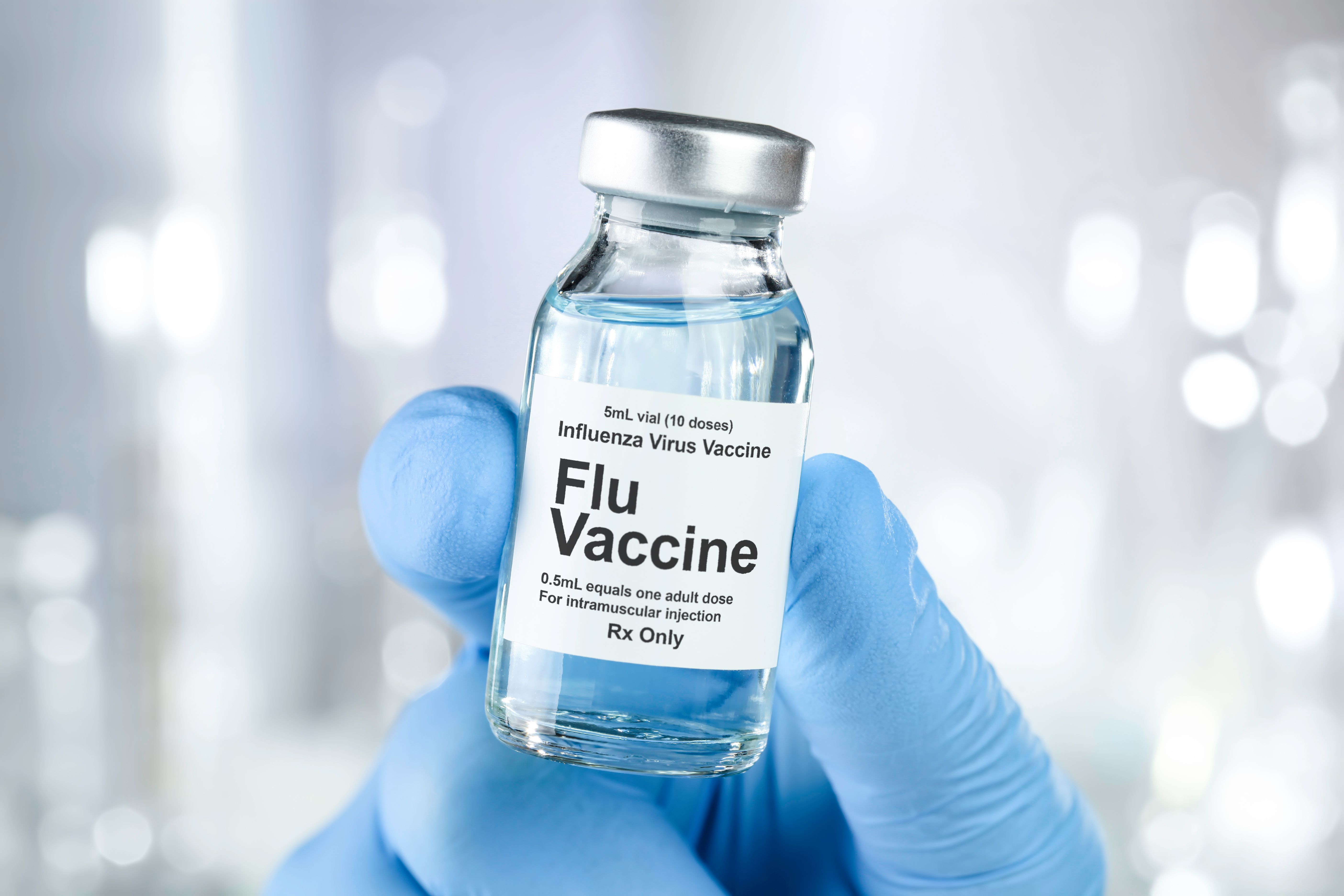Interim data: Seasonal influenza vaccine effective in reducing hospitalizations
According to the data, vaccination coverage in the United States has been lower in this influenza season compared to the previous season and to seasons before the COVID-19 pandemic.
Interim data: Seasonal influenza vaccine effective in reducing hospitalizations | Image Credit: © Leigh Prather - © Leigh Prather - stock.adobe.com.

Using a case-control study design, findings from a study recently published in the Centers for Disease Control and Prevention's Morbidity and Mortality Weekly Report (MMWR) indicated that the 2023-2024 seasonal influenza vaccine is effective at reducing the risk of associated hospitalization and outpatient visits, in multiple age groups.
The annual influenza vaccination is recommended for all people aged 6 months and older in the United States. Using the data from 4 vaccine effectiveness (VE) networks during the current flu season, interim influenza VE was estimated for patients aged 6 months and up with acute respiratory illness-associated medical encounters, the report stated.
The study highlighted VE against laboratory-confirmed influenza for children, adolescents, and adults in outpatient and inpatients settings based on active and passive surveillance systems in 22 states.
Analyses were conducted using the following CDC-affiliated networks:
- Investigating Respiratory Viruses in the Acutely Ill (IVY)
- New Vaccine Surveillance Network (NVSN)
- US Flu Vaccine Effectiveness (US Flu VE)
- Virtual SARS-CoV-2, Influenza, and Other respiratory viruses Network (VISION)
NVSN enrolled pediatric patients who received outpatient care in clinics, urgent care, and emergency departments. IVY enrolled adults patients admitted to the hospital, US Flu VE enrolled pediatric and adults who received outpatient care, and VISION featured pediatric patients and adults who received outpatient care and those admitted to the hospital.
According to the CDC, influenza VE was estimated, "based on a test-negative case-control design using multivariable logistic regression as (1 – adjusted odds ratio) × 100%."
Individuals with ARI who received a positive influenza molecular assay test result were considered case-patients, while control patients were those with ARI who received a negative test result.
VE estimates were calculated for influenza A subtypes A(H1N1)pdm09 and A(H3N2) when possible, according to the CDC.
For pediatric patients, the proportion of vaccinated control patients in the VE networks ranged from 25% to 31% in outpatient settings and from 32% to 41% for inpatient settings, respectively.
Against any influenza-associated ARI for children and adolescents aged 6 months to 17 years, VE ranged from 59 to 67% in outpatient settings and from 52% to 61% against any influenza-associated hospitalization.
Against influenza A, VE in this age group ranged from 46% to 59% in the outpatient settings and from 46% to 56% in the associated hospitalization settings.
VE against influenza A(H1N1)pdm09 had a range of 54% to 61% for outpatients settings and a VE of 60% against influenza-associated hospitalization. In outpatient settings, VE against A(H3N2) was 55%, and against influenza B ranged from 64% to 89%.
According to the data, vaccination coverage in the United States has been lower in this influenza season compared to the previous season and to seasons before the COVID-19 pandemic. Fewer than one half of the test-negative control patients had received the vaccine in all VE networks, the CDC stated in the report.
Investigators concluded that these findings "provide further evidence of the importance of influenza vaccination in reducing medically attended influenza illness in outpatient and inpatient settings among all age groups."
Reference:
Interim estimates of 2023-2024 seasonal influenza vaccine effectiveness - United States. MMWR. February 29, 2024. Accessed March 5, 2024. https://www.cdc.gov/mmwr/volumes/73/wr/mm7308a3.htm?s_cid=mm7308a3_w
Newsletter
Access practical, evidence-based guidance to support better care for our youngest patients. Join our email list for the latest clinical updates.